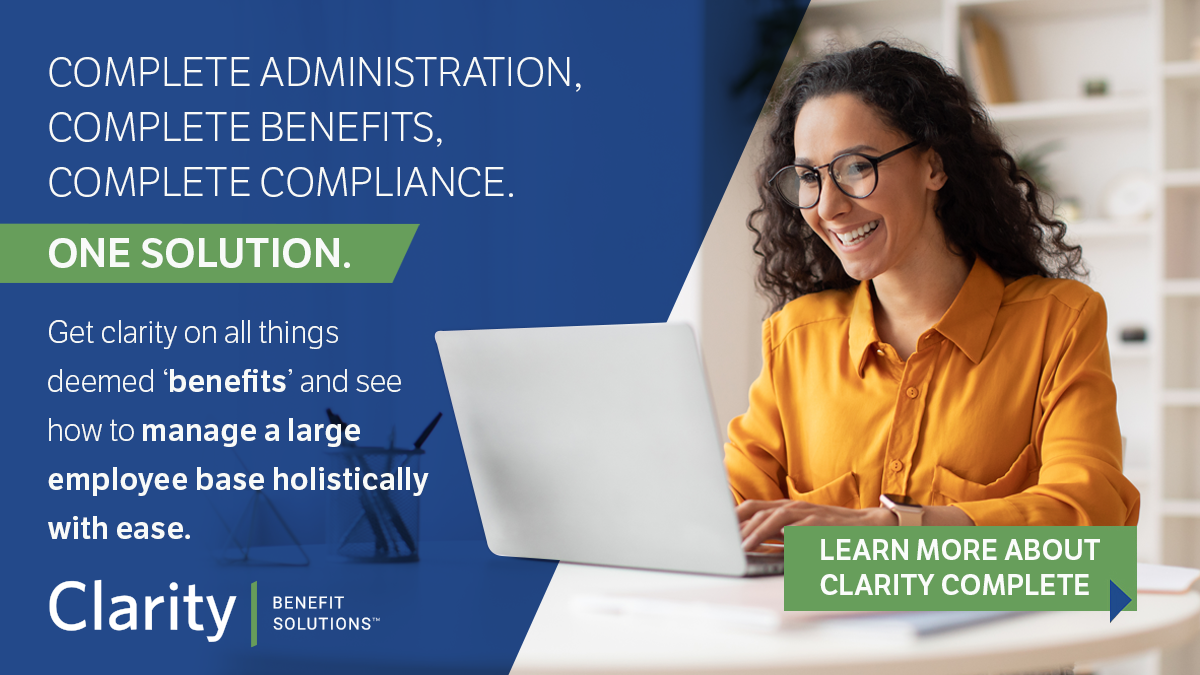
Unfortunately, the events of 2020, mainly the COVID-19 pandemic, exposed a lot of HR policies that needed strengthening, clarification and expansion. In some cases, it even caused organizations to have to scramble to put together policies on the fly.
We’re helping employers and HR teams avoid future mishaps by having the policies they need to help their employees in even the hardest of situations. One of the policies to do so is a Family and Medical Leave Policy. By taking the government regulated leave policies and adding company-specific clauses, employers can give employees peace of mind during challenging times.
Benefits of having a written policy in place
Having a written Family and Medical Leave Policy within your employee handbook provides advantages that traditional PTO does not. These include:
- Relieving the pressure of new parents. A study by the March of Dimes Center for Social Science Research showed that states that implemented a paid leave policy saw a 20% reduction in female employees leaving their jobs within a year of giving birth.
- Creating a complementary, company-specific policy that fills gaps that federal and state policies leave open. For example, individual companies can extend their parental leave or offer it paid.
- Having set policies for ill family members, bereavement leave, natural disasters, pandemics, or other life-altering events.
These policies can ease the worries of employees who are concerned about what they will do in the face of a medical or other emergency in their family. The COVID-19 pandemic left a lot of people worried about how they would handle a serious illness in the family, so seeing policies in writing eases those concerns.
It also helps people with families feel as if you, as their employer, truly cares about them and their priorities. This is invaluable for employee attraction, retention and satisfaction.
Regulations for your Family and Medical Leave Policy
When creating a Family and Medical Leave Policy, it’s important to look at the state, federal and company size requirements to ensure compliance and serve as a baseline for your individual plan.
Here is a brief overview of each regulation category to be mindful of:
State
There are nuances for eligibility and details of State Family Medical Leave Laws for each state. For example:
|
State |
Eligibility |
Provisions |
Applies to |
|
New Jersey: Unpaid |
Employers with 50 or more employees, employees who have worked for 12 months with at least 1,000 hours of service |
Up to 12 weeks in 24 months not to exceed 6 weeks in 12 months to care for a child’s birth, adoption or to care for an ill child, spouse or domestic partner |
Child, spouse, parent, in-laws or domestic partners |
|
New Jersey: Paid |
Employees who have worked 20 calendar weeks or have earned 1,000 times the state minimum wage during 52 weeks |
Up to ⅔ of wages up to $524/week for 6 weeks |
Child, parent, parent-in-law, grandparent, spouse or domestic partner |
|
New York: Paid |
All private employers, employees who work 26 or more consecutive weeks for a covered employer |
Up to 12 weeks with a maximum benefit of 60% of an employee’s average weekly wage or 60% of the state average weekly wage. |
Child, spouse, parent, parent-in-law, step-parent, grandparent, grandchild, domestic partner or person with which the employee has a in loco parentis relationship. |
An overview of provisions for each state can be found here.
Federal
The federal Family and Medical Leave Act (FMLA) gives eligible employees up to 12 weeks of job-protected unpaid leave for:
- The birth of a child or care of a child under the age of one
- The adoption of a child or placement of a foster child
- Caring for a spouse, child, or parent with a serious health condition
- Having a serious health condition that makes an individual unable to perform their job
- Short-notice deployment or other qualifying exigency of an individual on covered active duty.
Updates under the Families First Coronavirus Response Act also extended coverage for FMLA to those who were diagnosed with COVID-19 or had a family member who was. It also covered employees who needed to provide childcare due to care centers being closed during shutdowns. While the requirement that employers provide paid sick leave for COVID-19 expired December 31, 2020, many employers are still voluntarily providing that leave.
Employer size
Federal FMLA regulations do not apply to private businesses with fewer than 50 employees. Employers must maintain a threshold of 50 employees for 20 weeks in the previous and current calendar year to achieve FMLA coverage status.
However, small businesses can choose to offer leave policies on their own.
Implementing your Family and Medical Leave Policy
Introducing any new policy requires communication and strategy. Make sure to be transparent about your new policies and set aside time to introduce it to your employees and answer any questions they may have. Keeping the lines of communication open will be helpful in making your policies successful in the long run.
Sources:
https://www.dol.gov/agencies/whd/fmla
https://www.dol.gov/agencies/whd/pandemic/ffcra-questions
https://www.ncsl.org/research/labor-and-employment/state-family-and-medical-leave-laws.aspx
https://smallbusiness.chron.com/can-size-business-affect-fmla-26252.html
